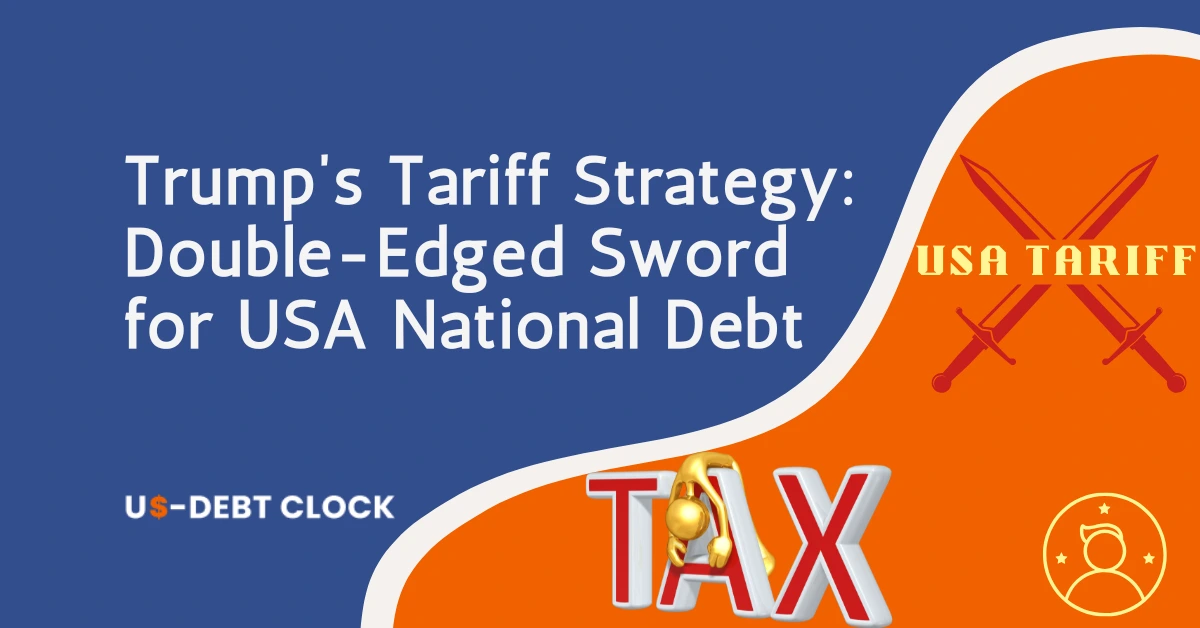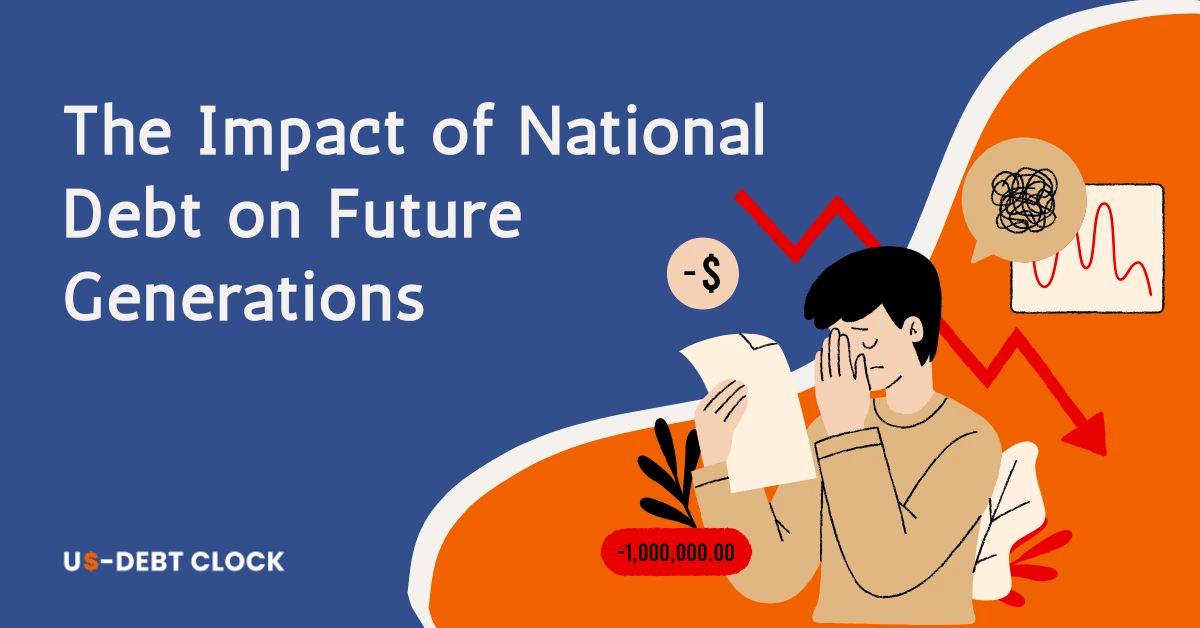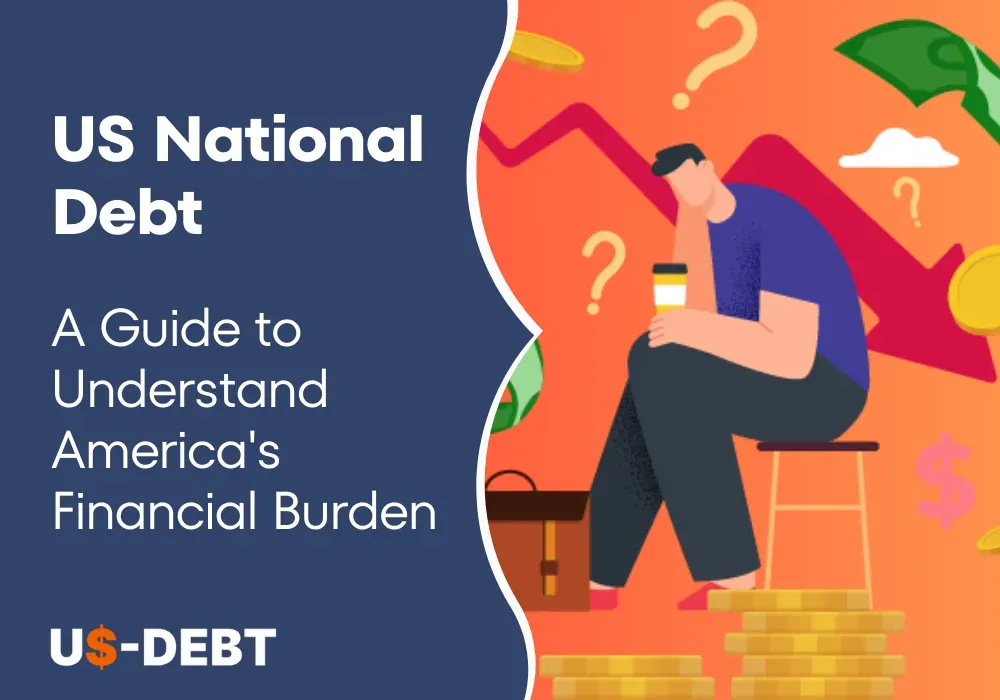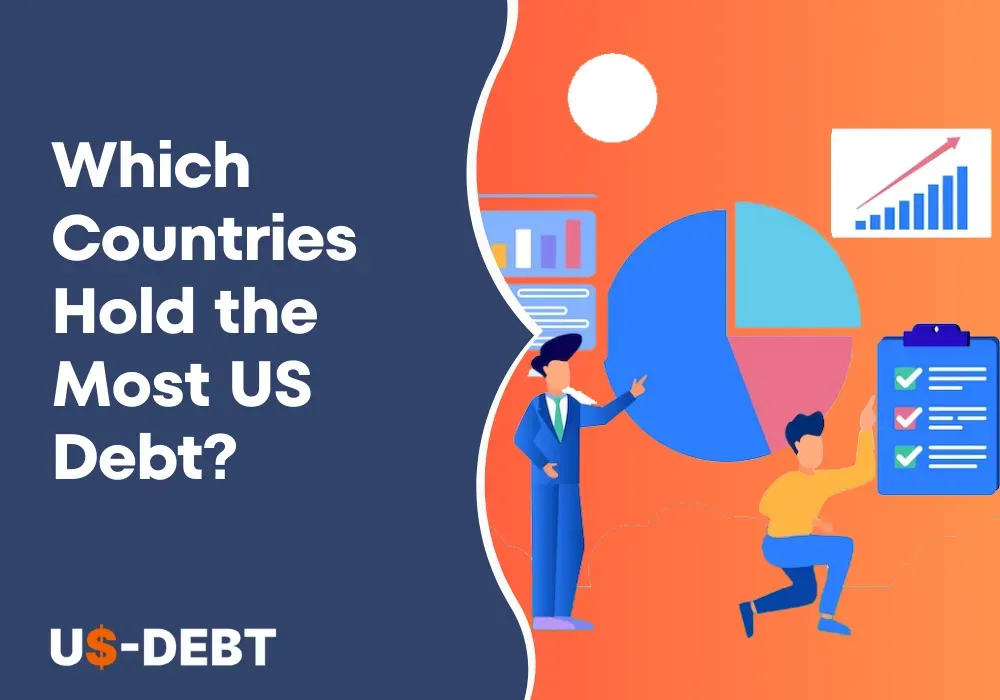In April 2025, President Donald Trump once again stirred the pot on the global economic debate with a comprehensive new tariff regime, dubbing them "Liberation Day Tariffs". Broadly, these are 10% tariffs on all foreign imports into America along with supplementary surcharges of up to 60% on certain goods from China, the European Union, India, and Vietnam.
Apparently, all in the name of defending American jobs and industry, the policy has also been promoted as a means of raising federal revenues to assist in assigning liability for the fast-rising U.S. national debt, now above $36 trillion and still growing.
Tariffs will always be part of a strong nationalist economic strategy. However, the fact that tariffs now serve as an instrument for revenue generation, by which countries are in debt to their sovereigns, opens up a whole new set of very complex trade-offs.
The study deals mainly with the various implications that relate to Trump's solution with the objective of identifying pathways for debt relief, while investigating the economic, political, and global repercussions that far outweigh the anticipated benefits.
The Fiscal Argument: Can Tariffs Fund the Treasury?
In addition to accessing new revenues without increasing politically sensitive domestic levies, the Trump administration made an important fiscal argument: that tariffs would provide another form of taxation whose proceeds would be held from foreign exporters and the U.S. consumers rather than coming from domestic taxes.
According to the administration's projections, Liberation Day Tariffs could cumulatively bring in about $3.3 trillion over the next decade. Officials claim this influx could become important to curbing the explosive trajectory of the national debt accumulation.
Independent analyses confirmed that this kind of revenue is attainable given certain parameters. The Penn Wharton Budget Model (PWBM), a premier nonpartisan think tank, has predicted that federal debt could drop by 5.4 percent by 2030 if the entire import tariff policy is applied and maintained.
But this gain assumes the really optimistic: stable import volumes; no widespread retaliation against U.S.-made products; and little if any disruption in the American Economy.
Economic Trade-Offs: A Revenue Stream with Hidden Costs
Most economists agree that tariffs are like a fiscal policy dipper, but also come with other very expensive general economic costs.
Tariffs act as taxes paid on imports, and these costs eventually pass on to the U.S. consumer and manufacturer by raising prices throughout the supply chain, including items such as electronics, clothing, industrial components, and food. Furthermore, these economics would not exclude consumers and manufacturers at home.
It would also reduce GDP growth rates by about 1 percent, according to PWBM forecasts, within the next 10 years. This would hurt even further an economy already distorted under inflationary pressure and international competition.
Biased growth in GDP would, sooner or later, affect the revenue produced from taxes and nullify any benefits from tariffs. Simply, that part in generating income for debt-reduction is likely to, in turn, erode the economic base sustaining them.
Thus far, only China and the European Union have threatened to impose import tariffs on significant American exports, including agricultural items, automobiles, and aerospace components.
If instituted, export revenues would decrease, damaging critical interests and resulting in a first-round trade war of the type seen during Trump's first presidency.
Market Sentiment and Borrowing Costs
This is one more favorable cause and ground for a whole measure of volatility in financial markets.
After the announcement about tariffs, on 10-year Treasury bonds, yields soared to reach the highest weekly surge of more than 20 years to 4.5%. This pushed investors to ask for high returns due to the risk associated with inflation and fiscal mismanagement.
Increased yields bring short-term costs to the government: more expensive debt. Yearly, the US spends over $1 trillion on interest payments alone.
In this case, it is expected that further increases in interest rates would lead to an even higher number. Ironically, it is probable that all revenue generated by tariffs will be swallowed by the ever-increasing costs of servicing the existing debt.
Just like former Treasury Secretary Janet Yellen's new alert in a media debate, that it could be unpredictable and the probably more important factor that might possibly lead to the diminishment of global popularity in U.S. dollar-and-Treasury security terms.
Now that international investors might start pivoting to other debt instruments apart from the U.S., such action would yield an increase in borrowing costs for the long term as well as downgrade the standing of the U.S. in international capital markets.
Political and Legislative Realities
Within the domestic political arena, it has brought drastic change with respect to how the party landscape is shifting.
Most congressmen of the Republican party now support the move, framing it as a bold stand for economic nationalism and self-sufficiency against the backdrop of Democrats who claim tariffs are a regressive means of raising prices on essential goods, alarmingly among low- and middle-income Americans.
In the meantime, these budget hawks press for a comprehensive fiscal solution from both sides. The windfall will be put toward deficit reduction, or it will be left open for new spending initiatives, as these are negotiated around the debt ceiling, with tax reform, and entitlement restructuring.
Some lawmakers will want revenue from tariffs earmarked for deficit reduction and legal constraints set to prevent those funds from being displaced for other projects.
Others call for selective public funding for the infrastructure, clean energy, and education fields, arguing that this is a better alternative than debt servicing to produce greater, long-run economic returns.
Geopolitical Fallout and the Global Order
The international consequences of Trump's tariffs are interesting to consider.
Allies and rivals alike see the move as a shift away from post-World War II liberal economic norms. The United States, therefore, risks alienating key trading partners, destabilizing alliances, and splintering the global trading system.
Several nations have brought complaints to the World Trade Organization, arguing that the tariffs violate multilateral trade agreements. The prospect of a long legal battle could undermine American credibility in international forums.
At the same time, some emerging markets could retaliate with their own protectionist measures, setting off a chain reaction of further measures, ending up in reduced global trade volumes and economic cooperation.
Conclusion: A Risky Bet With Uncertain Returns
Trump's tariff strategy is a risky go-for-broke move to try to simultaneously achieve two objectives: make the domestic industry thrive and lower the national debt.
While the promised revenues from import duties are temptingly sweet for an already overstressed fiscal environment, the threat of knock-on effects on the economy-from decreased GDP and higher prices for consumers to retaliation tariffs and higher costs of borrowing-poses a very serious risk.
Whether the policy will succeed or blow up in its face depends on factors such as variable global reactions, patterns of domestic consumption, discipline in Congress, and actual confidence in the markets.
Tariffs have always been, and still are, blunt instruments. Their capacity to solve an insidious problem, such as national debt, might very well be stunted if they were implemented in the absence of a bigger framework of interrelated economic and fiscal policies.
In summary, the Liberation Day Tariffs may provide an instant cushion, fiscal-wise, or an instant headache, due to the outright opportunity cost for long-term economic viability.



